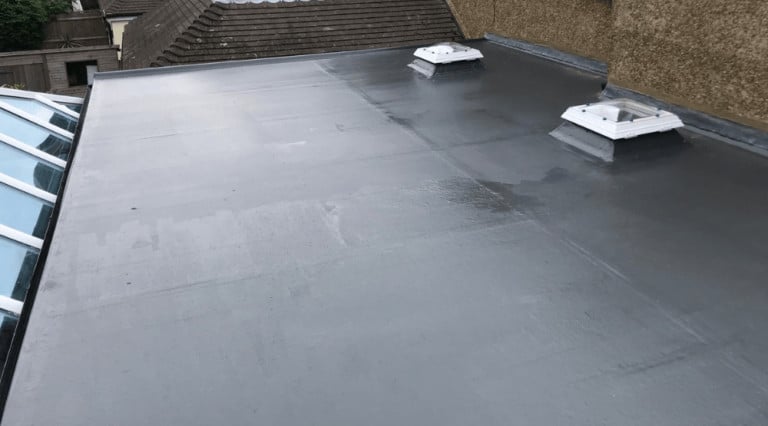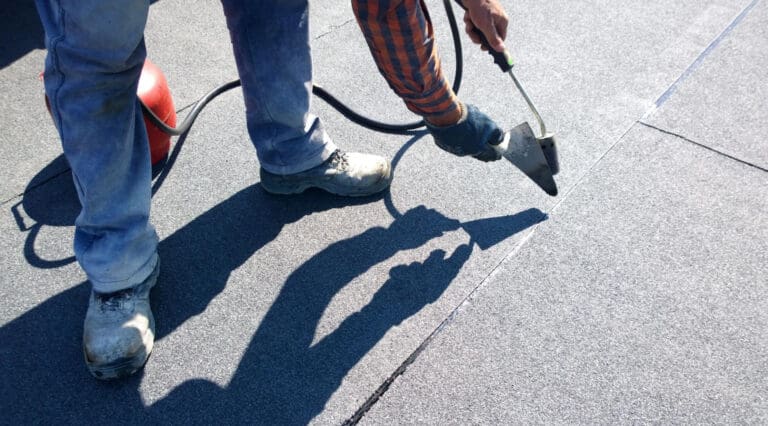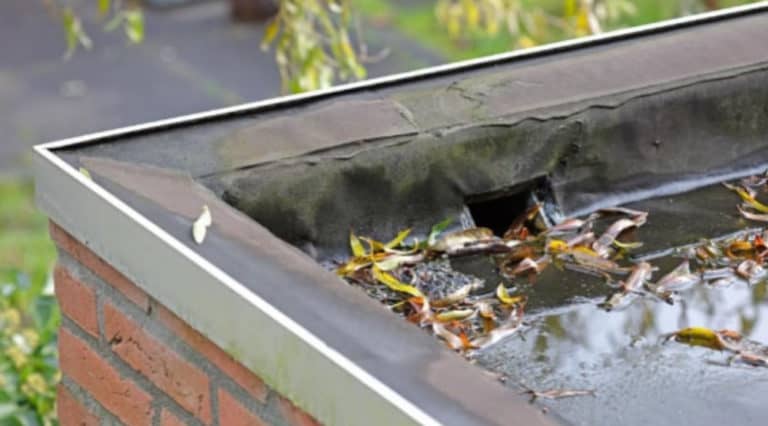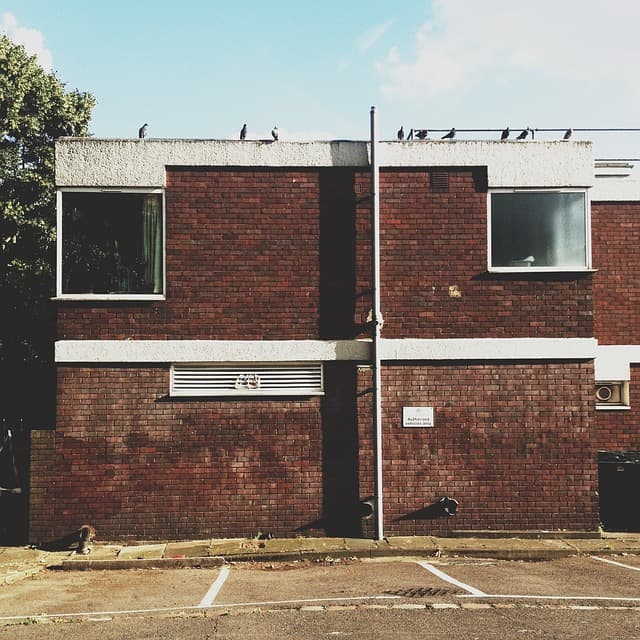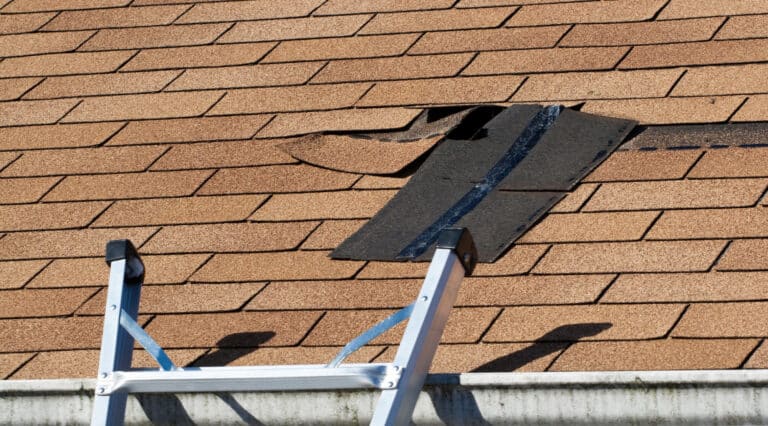Find My Local Expert The Pros and Cons of EPDM...
Read More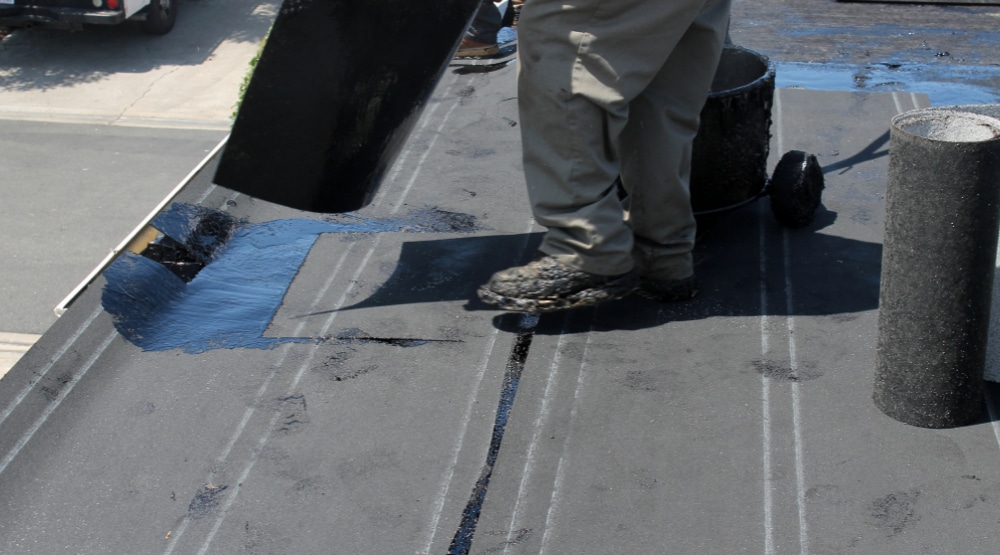
Flat Roof Advantages and Disadvantages: The Good and The Bad
When considering a flat roof for your home or building, there are several pros and cons to take into account. On the positive side, flat roofs are often more cost-effective to install than pitched roofs, as they require fewer materials and less labor. They also offer easy access, making it simpler to perform maintenance or repairs. Additionally, the contemporary aesthetic of a flat roof can enhance the overall look of a building.
However, there are also drawbacks to consider. Flat roofs can be more prone to drainage issues, as water may not run off as easily as it does on a pitched roof. This can lead to potential leaks and water damage if not properly addressed. In addition, the higher maintenance costs associated with flat roofs can add up over time.
Ultimately, the decision to go with a flat roof should take into account factors such as cost, maintenance, drainage, and longevity. It’s important to weigh the pros and cons carefully to determine if a flat roof is the best choice for your specific needs.
What is a Flat Roof?
A flat roof is a type of roof that has little to no pitch, meaning it is almost completely level. Flat roofs are often seen in modern architecture and have been used for centuries in various cultures around the world. They are designed to be sleek and minimalist, with simple lines and a clean look.
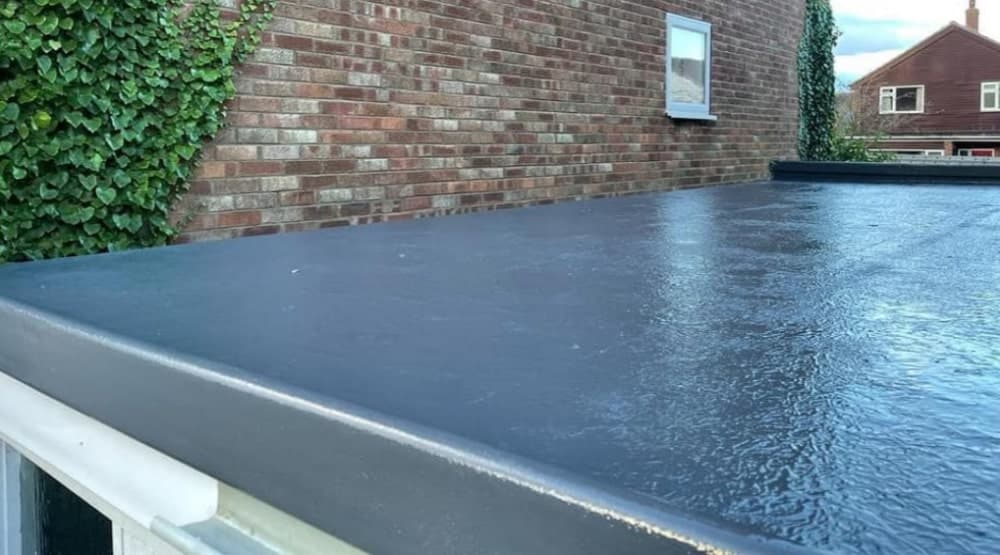
Modern flat roofs are typically constructed using materials such as EPDM rubber, PVC, TPO, or modified bitumen, allowing for greater durability and water resistance. They are commonly used in commercial buildings, such as office complexes and industrial spaces, as well as in urban residential developments.
Historically, flat roofs have been prevalent in ancient Middle Eastern, Mediterranean, and African cultures, where they were used to create additional living or storage space on top of buildings. Today, they are increasingly popular for their potential for recreational and functional purposes, such as creating rooftop gardens, outdoor living spaces, or even solar panel installations.
Advantages of flat roofs include their cost-effectiveness, ease of maintenance, and the potential for additional usable space. However, they also have some drawbacks, such as the potential for water pooling and the need for regular inspection to prevent leaks.
Pros of Flat Roofing
Flat roofing is a popular choice for many homeowners and businesses, and it offers a number of advantages. From cost efficiency to maximized outdoor space, there are plenty of reasons to consider a flat roof for your property. Let’s take a closer look at some of the benefits of flat roofing.
1. Cost-effective
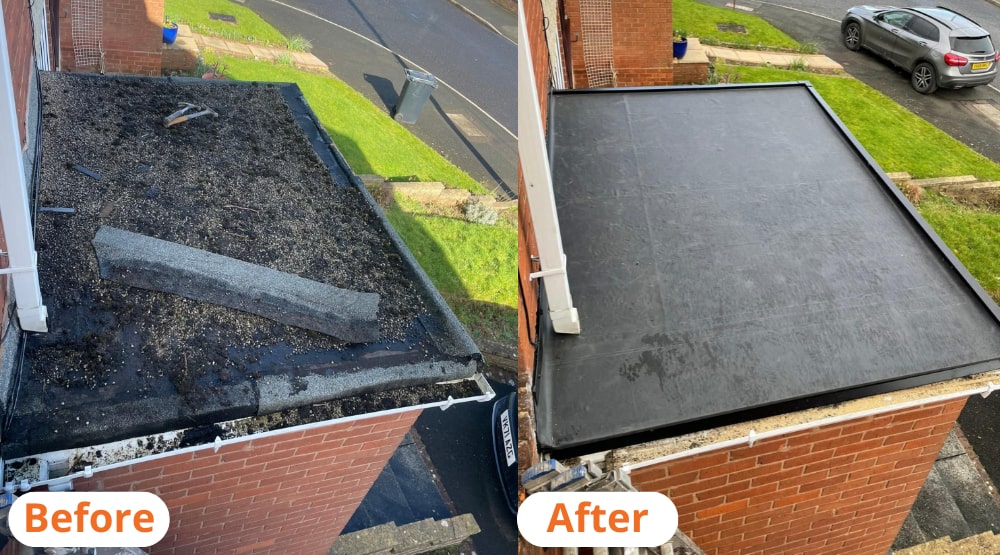
Flat roofs offer a lower expense compared to pitched roofs for a few reasons. First off, the materials for a flat roof tend to be more affordable, as they require less material due to their horizontal design. In addition, the labor costs for installing a flat roof are often lower because of the simpler construction process.
Another cost-saving aspect of flat roofs is that they provide extra space for things like solar panels, rooftop gardens, or even additional living space. This added functionality can make the upfront expense of a flat roof more worthwhile in the long run.
Furthermore, flat roofs don’t require the same amount of support and materials as pitched roofs, further reducing their overall cost. This can make a big difference for anyone working within a budget.
Overall, the affordability of materials and labor, coupled with the extra space they provide, make flat roofs an attractive choice for anyone looking to keep expenses down.
2. Easy Maintenance
When it comes to roofing options, a flat roof offers numerous benefits for ease of maintenance and safety. One major advantage is the reduced risk of falling during maintenance and repairs. With a flat surface, workers can move around more safely, minimizing the chances of accidents.
Additionally, flat roofs provide easy access for repairs, making it simpler and quicker to address any issues that may arise. This not only saves time, but also reduces the overall cost of maintenance. The use of durable materials further enhances the safety and longevity of the roof, as it can withstand various weather conditions and resist damage.
To add an extra layer of safety and durability, flat roofs often include parapet walls. These walls act as protective barriers, preventing people from accidentally falling off the roof. They also contribute to the overall stability of the structure, making it a reliable and secure choice for any building.
3. Get a modern appeal
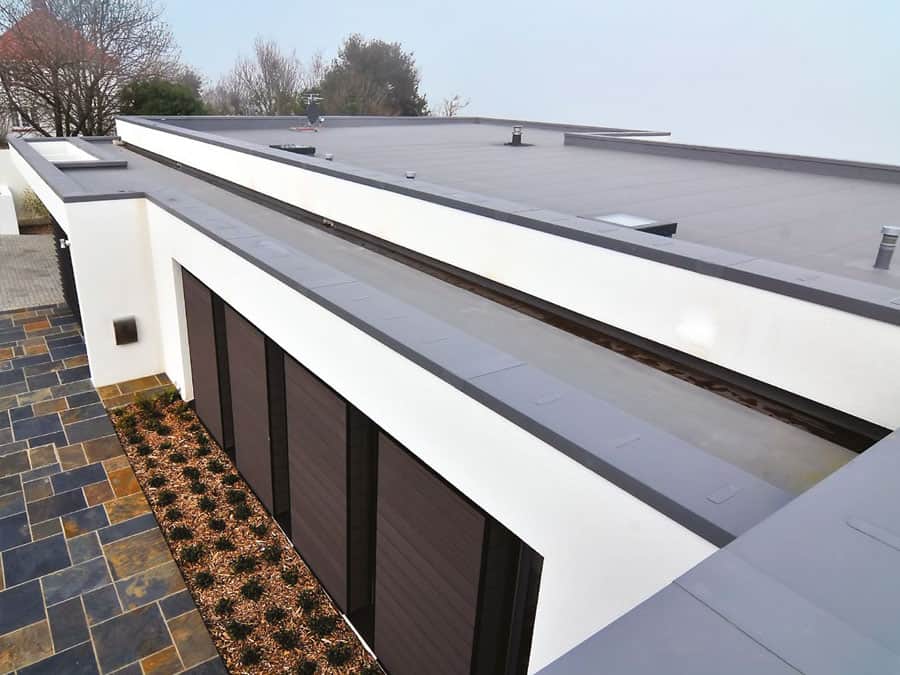
Introducing a flat roof to achieve a modern appeal in home architecture is a growing trend in the world of design. Unlike traditional pitched roofs, a flat roof offers a sleek and contemporary look, adding a touch of sophistication to any home. One of the advantages of a flat roof is its ability to complement any landscaping style, whether it’s a minimalist, zen-inspired garden or a lush and colorful outdoor space.
In addition to its versatility, a flat roof can also add aesthetics and radiance to a home. When creatively constructed, it can become a stunning focal point of the house, especially when features like rooftop gardens are incorporated. These gardens not only enhance the visual appeal of the home but also provide a functional and eco-friendly space for relaxation and entertainment.
As more homeowners and architects embrace modern home design, the use of a flat roof has become increasingly popular. Its clean lines and contemporary look make it an attractive choice for those seeking a stylish and sophisticated architectural solution. Whether it’s for a new construction or a renovation, a flat roof offers a modern and timeless appeal that can transform any home into a modern masterpiece.
Cons of a Flat Roof
When it comes to choosing a roof for your home, there are a variety of options to consider. One popular choice is a flat roof, which offers a modern and sleek look to a building. However, there are also some disadvantages to this type of roof that homeowners should be aware of before making a decision. From maintenance issues to potential drainage problems, flat roofs come with their own set of challenges. Let’s take a closer look at some of the downsides of having a flat roof on your home.
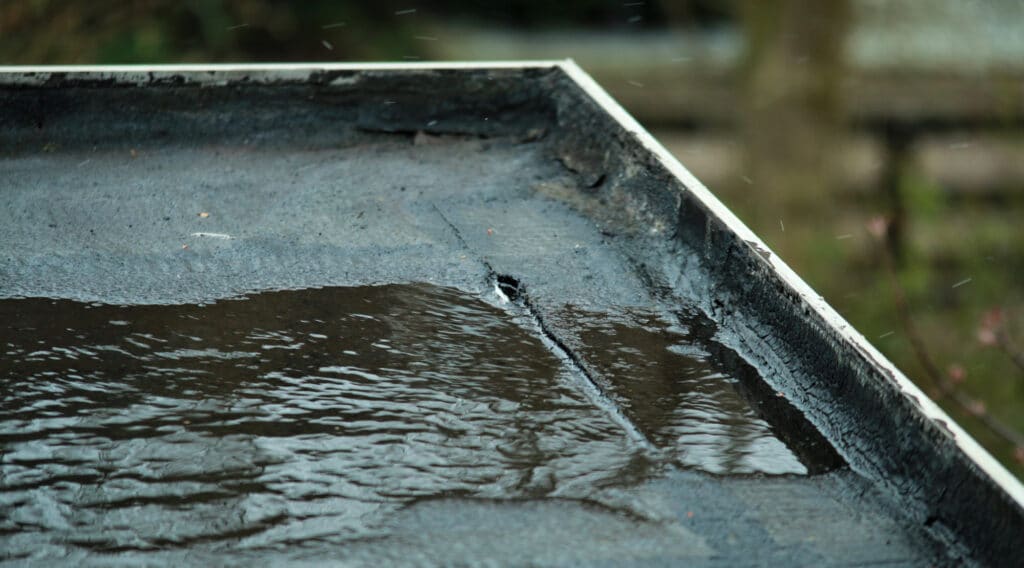
1. Susceptible to leaks
Flat roofs are susceptible to leaks, making proper installation and regular maintenance crucial in preventing water from seeping through. Ensuring that the roofing materials are applied correctly and that all seams and joints are sealed properly can go a long way in keeping leaks at bay. Regular maintenance, such as clearing debris and inspecting for any damage, is also essential in detecting and addressing potential issues before they become major problems. By taking these proactive measures, the risk of leaks on a flat roof can be significantly reduced.
2. Sun exposure causes degradation.
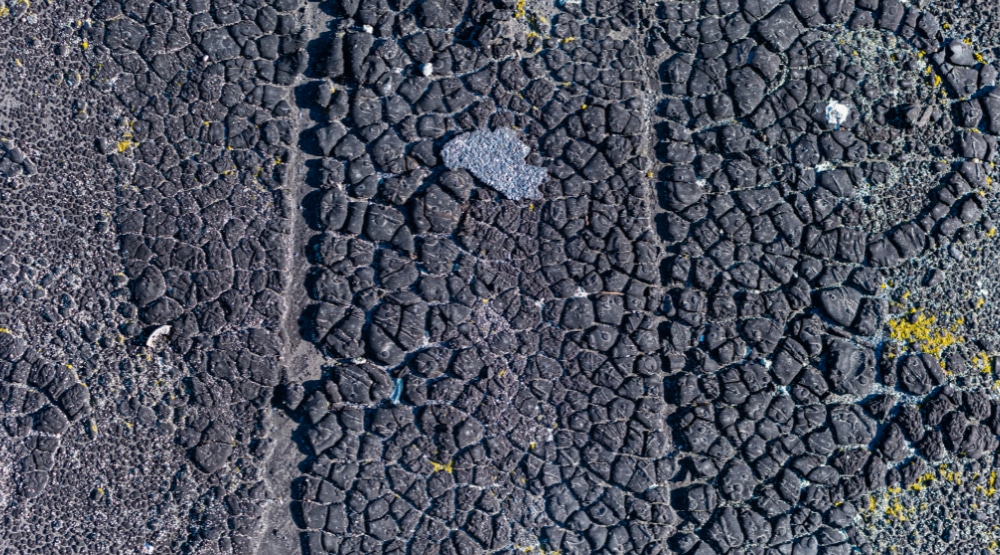
The issue of degradation by the sun can be effectively addressed by applying reflective roof coatings to protect the flat roof from excessive heat. These coatings are designed to reflect sunlight and heat away from the roof, reducing the temperature and minimizing the impact of UV radiation.
Using reflective roof coatings offers several benefits. Not only do they help to keep the interior of the building cooler, but they also lower energy costs by reducing the need for air conditioning. By mitigating the impact of sunlight on the flat roof, these coatings can also prevent premature aging, cracking, and deterioration of the roofing material.
This practical solution plays a key role in maintaining the integrity and longevity of the flat roof over time. By protecting the roof from the damaging effects of the sun, reflective roof coatings can help extend the lifespan of the roofing system, ultimately saving on maintenance and replacement costs.
Different types of Flat Roofing Material
When it comes to flat roofing materials, there are several options to consider. Lead roofing is durable and has a long lifespan, but it can be expensive and requires skilled installation. Asphalt roofing is cost-effective and easy to install, but it may not be as durable as other materials. EPDM (ethylene propylene diene terpolymer) roofing is highly resistant to UV rays and extreme weather, but it can be punctured easily. Modified bitumen roofing is durable and easy to repair, but it can be expensive and requires professional installation. PVC membrane roofing is lightweight and easy to install, but it may not be as durable as other materials.
Each material has its own advantages and disadvantages, so it’s important to consider factors such as cost, durability, ease of installation, and maintenance requirements when choosing flat roofing for your home. By weighing the pros and cons of each material, you can make an informed decision that meets your specific needs and budget.
Pitched Roof vs Flat Roof
When it comes to roofing options, pitched roofing offers several advantages over flat roofing. One of the main advantages is the better drainage and water runoff that pitched roofs provide, reducing the likelihood of water pooling and potential leaks. Additionally, the slope of pitched roofs allows for more efficient snow and debris removal, reducing the risk of damage from the weight of these elements.
In terms of design, pitched roofs offer more flexibility and aesthetic appeal, adding character to a structure. They also provide more attic or storage space, which can be a valuable consideration for homeowners.
Maintenance for pitched roofs typically involves less frequent repairs compared to flat roofs, as they are less prone to damage from standing water. When choosing between the two options, it’s important to consider the climate, architectural style, and budget of the structure. Pitched roofs are generally more suitable for areas with heavy rainfall or snow, while flat roofs may be more cost-effective for commercial buildings or modern architectural designs.
Overall, while both pitched and flat roofs have their own advantages, pitched roofing tends to be the preferred choice for its versatility, durability, and visual appeal.
Talk to a Professional
When it comes to the benefits of installing a flat roof, there are several key points to consider. Flat roofing solutions offer durability, low maintenance, and a sleek, modern aesthetic. They are especially popular for commercial and industrial roofing projects due to their cost-effectiveness and ease of installation. Additionally, flat roofs provide extra outdoor space for rooftop gardens, solar panels, or even a recreational area.
To determine which roofing solution is best for their home, readers can speak with our roofing experts for personalized advice. Our team can assess the specific needs of their property and provide recommendations based on factors such as climate, budget, and long-term maintenance.
If you’re considering a roofing project, whether for your home or business, flat roofing solutions are definitely worth exploring. And by consulting with our experienced professionals, you can feel confident that you’re making the best choice for your property.
You May Also Like...
Flat Roof Lifespan: What You Need to Know (and Plan For)
Find My Local Expert Flat Roof Lifespan: What You Need...
Read MoreFlat Roof Drainage Systems
Find My Local Expert Flat Roof Drainage Systems Flat roofs...
Read MoreDo I need planning permission for a flat roof extension?
Find My Local Expert Do I Need Planning Permission for...
Read MoreBeware of Flat Roof Bubbling: The Silent Destroyer
Find My Local Expert Beware of Flat Roof Bubbling: The...
Read MoreGet a quote from our recommended professional!
My Trusted Expert Guarantee
Experts Have Been Vetted & Approved
